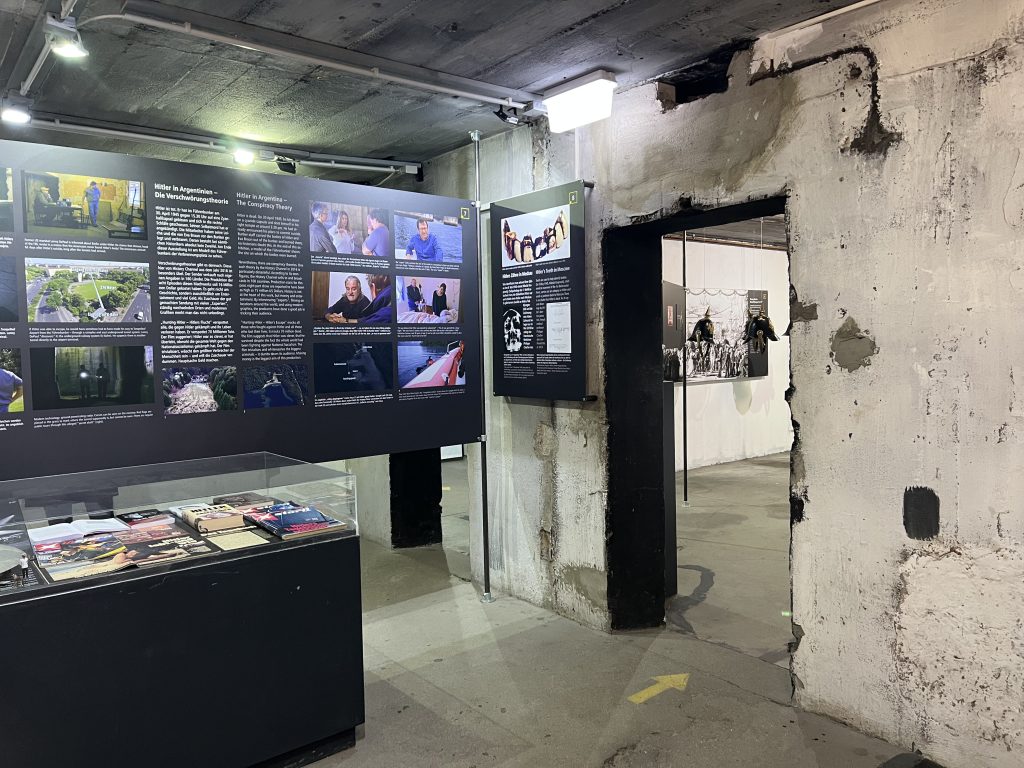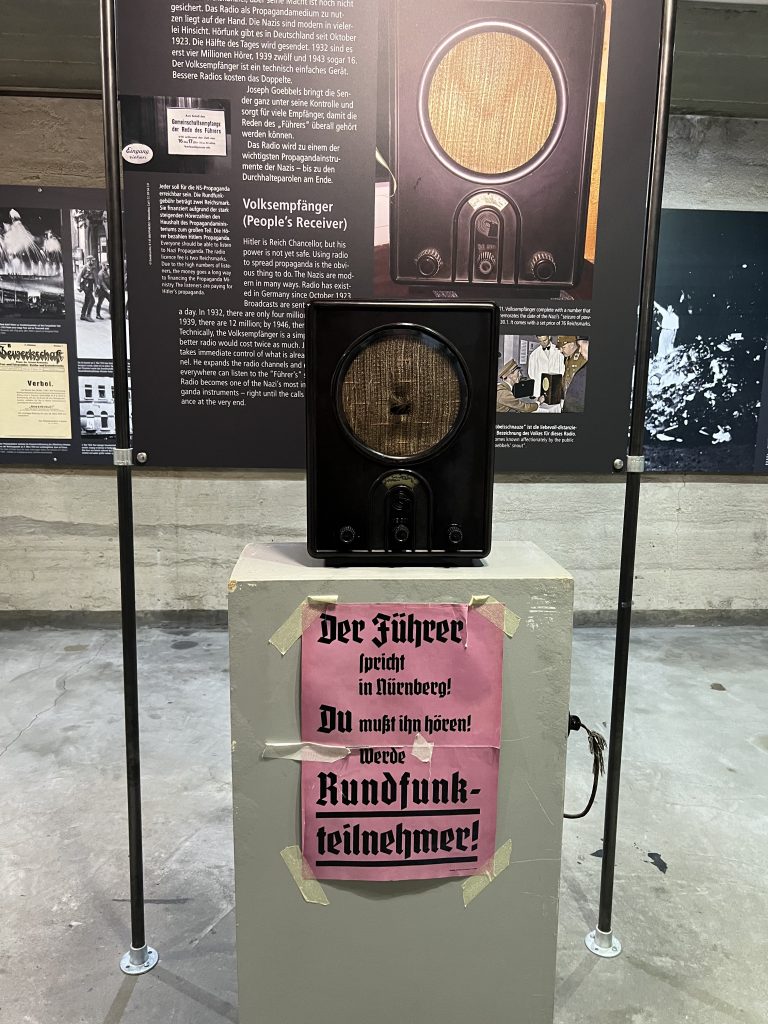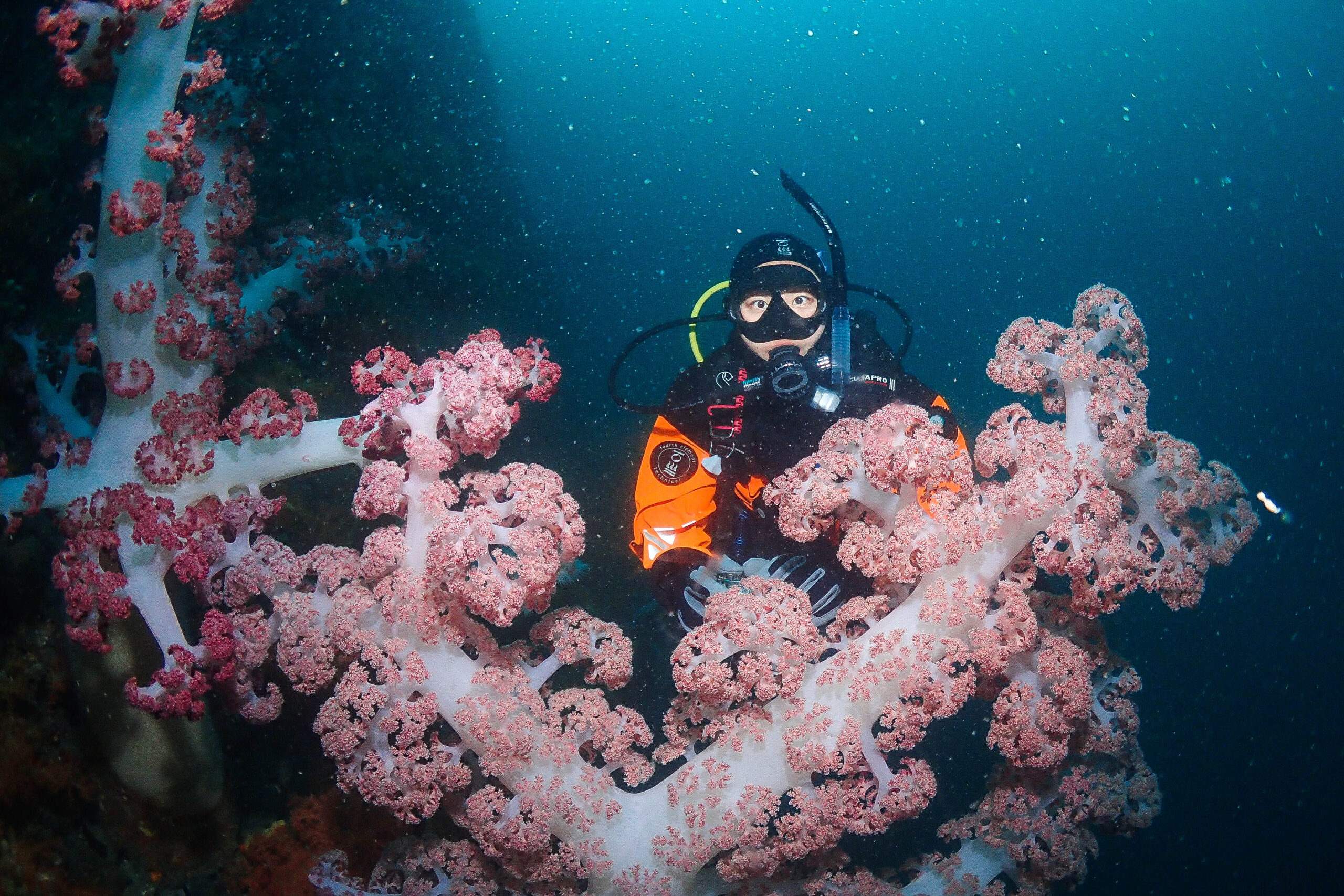During my time in Germany, as I wandered the history-filled streets of Berlin, I wanted to discover traces of the past, and one of these traces was undoubtedly the Führerbunker, where Hitler spent his last days. Today, Hitler’s Bunker Museum is a place that tells this history, but the actual bunker has a very different story.


Towards the Last Days of Hitler
To understand this bunker, you need to feel the conditions of that time. In the first months of 1945, Berlin was literally a war zone. The photographs are incredible. As the Soviet Army approached the city, Hitler and his inner circle took refuge in the Führerbunker under the Reich Chancellery. The bunker where they would rule the rest of the war. This underground complex, surrounded by concrete walls, was the Nazis’ last stronghold at the time. But it was also the center of the dark, hopeless and paranoid atmosphere in which Hitler spent his last days. To better understand these feelings, I recommend watching the movie The Fall, about Hitler’s last days here.


Life inside the bunker is stressful. The airless rooms with concrete walls, the hopelessness of the war and the Soviet Army getting closer and closer. All this probably contributed to the increasingly gloomy atmosphere. Hitler’s mood became increasingly unstable, he was in constant arguments with his generals, while many Nazi officials were looking for ways to escape.


On April 30, 1945, Hitler and his wife Eva Braun committed suicide together when the Soviets came within a few hundred meters of the building. The courtyard where Hitler’s body was cremated was for a long time an ordinary parking lot with no historical markers. But as more and more people were curious to investigate, they had to put a description here.


Where is the Führerbunker today?
Those who want to see Hitler’s bunker in Berlin may be disappointed because the Führerbunker now lies under a park. The site of the real bunker was demolished and covered over after the war. It’s a strange feeling to know that Hitler spent his last days in this area, which is now the parking lot of an ordinary apartment block in the center of Berlin.
Instead of turning it into a tourist attraction, the German government has decided to preserve the site without letting people forget these dark traces of the past, but without causing Nazi admiration. That’s why there is only a small information sign where the Führerbunker once stood and no monument has been erected. However, for those who want to understand Hitler’s last days and bunker life in more detail, Hitler’s Bunker Museum offers a good alternative.


Hitler’s Bunker Museum
Although not in the actual bunker, the “Hitler’s Bunker Museum” (Dokumentationszentrum Führerbunker) in Berlin offers a detailed account of the last days of World War II and the darkest moments of Hitler’s life. The museum includes an exact model of the bunker, historical documents, photographs and important information about the period.
One of the most impressive aspects of the museum is the narration that helps us understand the psychological pressure inside the bunker. Audio guides and visuals make visitors feel the hopeless atmosphere of the period.


What happened to the bunker after the war?
When the war ended, the Soviets inspected the bunker site and blew most of it up. Later, the East German government completely filled the site to remove Nazi remnants. In the 1980s, apartments and parking lots were built on the site. Today it looks like any other Berlin neighborhood.
Germany avoids turning such places into special monuments so as not to glorify the Nazi past. But for history buffs, just seeing ordinary life above Hitler’s last bunker is a thought-provoking experience of the course of history.

Exploring History in Berlin
My purpose of coming to Berlin was to see the traces of the Second World War that I had seen in documentaries and read in books. I tried to explore all the streets by walking an average of 20 kilometers a day. Berlin is like an open air museum.
Berlin is a place that has chosen to face its past but continues to look to the future with hope. The area where the Führerbunker is located is an important part of this confrontation. Knowing that a quiet and seemingly ordinary park was home to one of the darkest moments in history reminds one of how times change and how history should not be forgotten.











